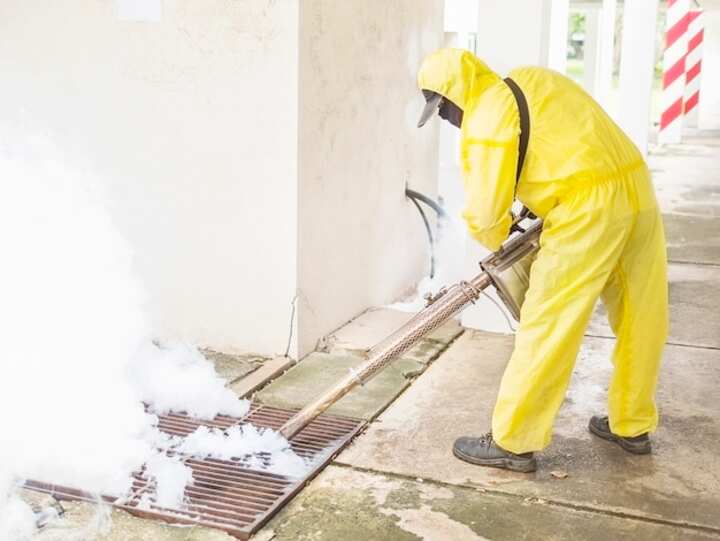
DIY Mold Removal Tips for Affordable Solutions
Mold is a common issue that many homeowners encounter, and it can quickly become a concern due to its potential health hazards and property damage. Fortunately, there are several do-it-yourself (DIY) methods to tackle mold problems affordably. This article provides practical tips for homeowners looking to remove mold on their own, including steps to ensure safety and effectiveness. With the right approach, you can manage mold growth efficiently and prevent future occurrences.
Understanding Mold and Its Implications
Before diving into DIY mold removal, it's essential to understand what mold is and the implications of its presence in your home. Mold is a fungus that thrives in damp and humid environments, often found in bathrooms, basements, and attics. Prolonged exposure can lead to health issues, particularly for individuals with allergies, asthma, or weakened immune systems. Therefore, addressing mold growth promptly is crucial.
Identifying Mold in Your Home
Not all molds are visible, which can make identification challenging. Common signs of mold include:
- Musty odors, particularly in enclosed spaces.
- Visible black, green, or white spots on walls or ceilings.
- Persistent respiratory symptoms when indoors.
For more on identifying mold, find additional information here.
DIY Mold Removal Steps
Safety Precautions
Safety is paramount when dealing with mold. Ensure you have the following protective gear before starting:
- Gloves to protect your hands.
- Goggles to prevent mold spores from entering your eyes.
- A mask or respirator to avoid inhaling mold spores.
Learn more in this detailed guide about necessary safety measures.
Materials Needed
Effective mold removal requires specific materials, which are typically affordable and readily available:
- White vinegar or a commercial mold remover.
- Baking soda for scrubbing and deodorizing.
- Brushes or sponges for cleaning affected surfaces.
- Old towels or rags for wiping.
For a comprehensive list of materials and where to find them, explore further insights here.
Step-by-Step Removal Process
Follow these steps for effective mold removal:
- Identify and fix the source of moisture to prevent mold from returning.
- Ventilate the area by opening windows or using fans.
- Apply white vinegar or a mold remover to the affected area and let it sit for an hour.
- Scrub the surface with a brush or sponge to remove mold spores.
- Wipe the area with a clean, damp towel to remove any residue.
- Dry the area thoroughly to prevent future mold growth.
Read more about this topic for detailed instructions and tips.
Preventing Mold Recurrence
Once you have removed the mold, it's crucial to prevent it from returning. Here are some preventative measures:
- Keep humidity levels in your home below 60% using dehumidifiers.
- Ensure proper ventilation in bathrooms and kitchens.
- Regularly check and repair leaks in plumbing or roofs.
- Clean and dry surfaces prone to mold growth promptly.
To delve deeper into mold prevention strategies, explore further insights here.
Conclusion
Mold removal doesn't have to be an expensive ordeal. By understanding the nature of mold and following the outlined DIY steps, homeowners can tackle mold effectively. Keeping your home dry and well-ventilated is key to preventing mold from reoccurring. For more comprehensive guidance, learn more in this detailed guide.